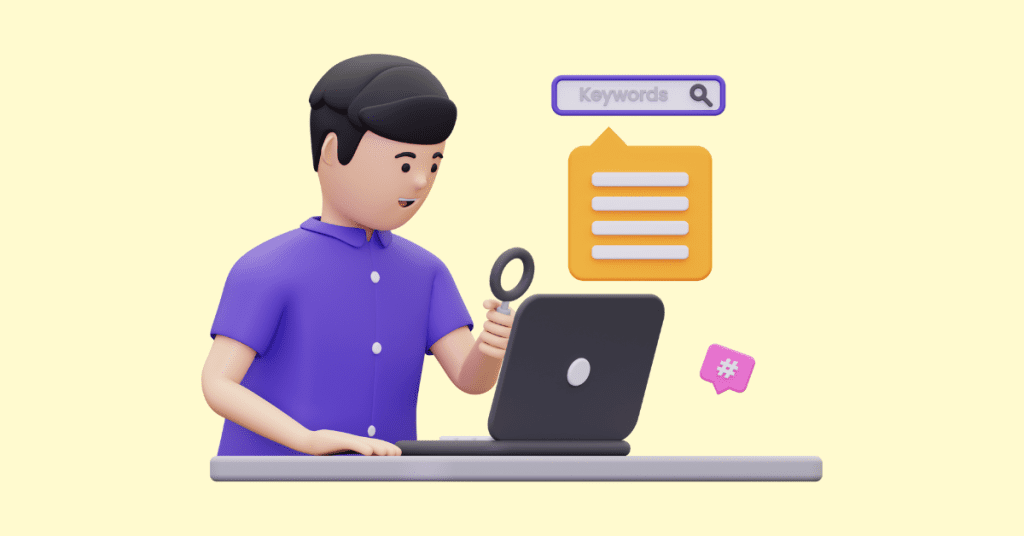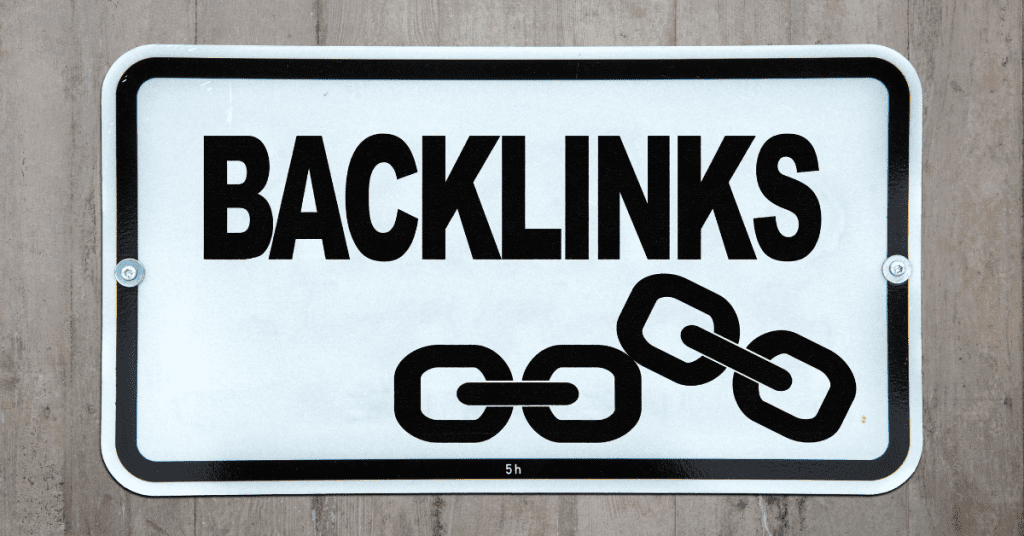Do you want to get a better rank on search engine results? You are not aware of how to optimize your WordPress Blog Post SEO?
SEO is the process of optimizing your WordPress blog posts to increase your search engine rankings and get more organic traffic for your website.
Today, we will be sharing some pro tips on how you can optimize your blog post SEO to get more traffic and visitors from the search engine organically.
Why SEO for Your WordPress Blog Posts?

SEO is the process of optimizing your WordPress blog post SEO based on the search engine ranking algorithm. This is for it to be able to rank higher for the target keywords on the search engine.
The target keywords are the keywords that people are searching for on the search engine to get the answer they want. SEO is essential for every website to get consistent organic traffic from the search engine to your WordPress blog.
To be able to rank top of the search engine, you will get organic traffic and also build your authority. This is because search engines are seen as the trusted source of information. If your website comes at the top of the search result, people will definitely trust you more. This is because they trust the decision of the search engine to rank your WordPress blog on top.
Hence, it is very important to implement the SEO strategy to rank your website high for consistent and long-term traffic.
1. Start With The Keyword Research
When you are planning for your content, you should start with a huge topic and find your niche topic based on the keywords searched by your potential customers.
You don’t want to simply guess what keyword is popular or if is there huge traffic for the keywords. Essentially, you don’t want to rank for a keyword that only has less than 100 searches a month.
Keyword research is a strategy to look for high-value keywords that you can work on to rank for. It will help you to find the niche topic to write for your next post based on the actual search data.
When you are looking for a keyword to focus on in your post, you need to look at two important parameters. Search volume and the competition. In the ideal case, you should look for a keyword that has low competition and high search volume. Forget about the single word keyword or short keyword as those keywords are highly competitive and are very hard to outfight those top players to rank for it.
Instead, look for the long tail keywords that people are searching for, and fewer people will focus to optimize their content to rank for.
To research your keyword, you can use a tool like Semrush. Semrush is an all-in-one tool for online marketers to optimize and implement different strategies to rank better on the search engine. It will have a huge library of keyword data to analyze the latest keyword search trend, completion analysis, current keyword position, position tracking and others.
You can start with Semrush for free to have a basic SEO audit for your website, and then upgrade to a paid account based on your requirement.
2. Find Related Keywords

Once you have your focus keywords from the keyword research, it’s time to look for some complementary keywords that you can rank for along with your focus keywords.
To get inspiration for the related keywords, you can simply type your focus keywords in the Google search bar and look for the search recommendations. Or you can scroll to the bottom of the results where Google will give some recommendations of what people searching for the keyword are searching for too.
To maximize the exposure of your blog posts, you should always incorporate as many keywords as possible in your content. This is to aim for ranking for multiple keywords for your one piece of content.
However, be very careful when doing this as you don’t want Google to label you as spam or low-quality content due to keyword spamming. Use it wisely at appropriate places only.
3. Write an Eye-Catching Blog Post Title
Your blog post title is the most important for your blog post SEO. It is the determining factor whether someone will continue reading your blog post or not. It is also one of the first few items the search engine algorithm looks for when ranking your posts.
Your blog post title will need to be able to hook your audience to click and continue looking for the answer to the questions they have in mind. You can reveal some info in your title to hook them, but not details of the solutions that you are providing in your blog post. Else they will just skip and not click on it if it doesn’t attract them.
In your blog post title, you need to include your focus keyword to make it more SEO-friendly. And ideally, you want the focus keyword at the beginning of the title. To pick a good title, you can use a headline analyzer tool which most WordPress SEO plugin will provide.
Just key in your title, and it will show you what score you are now and what’s missing in your current title.
4. Always Have Internal Links To Your Other Post

An internal link is important for your blog to keep people on your website. The more time they spend on your website, the more they will know about you and trust you. It’s a way to provide more information about the topic to your audience by sharing the link. If they want more info, they can click the link and get it.
Imagine your website is like a book, and each post is a chapter in the book. They can click the internal link to reach the chapter they are looking for directly.
In WordPress, it is easy to search for your old related posts in the post editor. You just select the text you want to link and click on the link button. Then, there will be a pop-up text where you can type to search for the older posts you want to link.
No matter what you do, remember to always have internal links for your every post. It matters for the SEO ranking a lot.
5. Add Images and Videos to Your Blog Post SEO
Text-only blog posts won’t get good traffic. People get bored easily when there are only words and nothing visual. Adding images and videos to your blog posts makes them more engaging and interesting for your readers.
Always be customer-centric and take care of your customer experience. A good customer experience will reflect in your SEO ranking as well.
When you are including the images or videos in your blog posts, you need to ensure that those are copyright-free images and videos to avoid any legal issues coming up. You can get royalty-free images from websites like Unsplash or Pixabay to use on your blog posts.
Once you got your image, make sure you optimise the image for search engines. This includes the format, file name, alt text, file format and file size.
All these will affect your SEO rating as it helps the search engine algorithm to understand the image and video easier, and will not slow down your website.
6. Add a Meta Description to Your Blog Post SEO
The meta description is an HTML meta tag that you can add to any page. The meta description is a short summary of your blog post that will show in your search result.
It is important as the search engine crawler will use that to understand your blog posts. Not only that, it is one of the information your potential visitors will see when your blog post appears on the search result. This is because, the search result, will show your blog title and meta description.
A good meta description can explain a lot about your blog post. When you share your blog post on different social media platforms, the meta description will be shown as well.
For your meta description, you want to limit it to 155 characters and include your focus keyword in your meta description.
7. Increase Your Blog Post SEO Readability
Readability is the key factor to improve your user experience. You want to make it easier for your audience to read your blog post. When you have long paragraphs without any sections or bullet lists, people will be very hard to scan through your post.
People don’t like to read nowadays. Hence, you can improve readability by using shorter sentences, smaller paragraphs, punctuation, headings, and bulleted lists.
If you are using SEO plugins in WordPress, most will offer the feature to analyze your blog post’s readability. Just follow the recommendations and optimize your post.
Another thing to show your professionalism is to use an online grammar checker tool like Grammarly to check for your English grammar and wording.
8. Use Categories and Tags to Organize Content
Organizing your content using categories and tags not only helps you but also your readers and search engines.
Unfortunately, many beginner WordPress blog owners make mistakes in using them effectively.
Think of your website as a book, where categories serve as the table of contents and tags as the index. Categories enable you to divide your WordPress blog into broad topics, while tags allow you to classify individual blog posts by topic.
9. Leverage the Featured Snippet in the Search Result
In Google search results, it’s not necessary for it to show your blog post title and meta description only. Sometimes, it can display as a word definition or an answer list.
This is the highlighted search result that appears on the top. Google generates a custom snippet from the article’s content highlighting the part that their algorithms believe to be the answer to the user’s query.
Although there is no clear guide on how to use the featured snippet in the search result. You can always include bullet lists or word definitions in your blog posts to increase the chance of displaying them.
10. Mobile Responsiveness

People are using mobile to access the internet more nowadays compared to desktops. In fact, for our website, the mobile users are triple the desktop users. That’s why if your website does not load well or fit the mobile screens well, they will leave your website as they can’t see it properly.
When we design a website, we need to make it mobile responsive. Mobile responsive is the term used for the website to be able to respond and scale for different screen sizes.
To do this, first of all when you are selecting the theme for your WordPress Blog, you need to select a mobile responsive theme. In the WordPress theme store, a mobile responsive theme will be labelled as responsive or mobile-friendly. Then, you can install a mobile-friend plugin to create a mobile version of your website. For any visitor that visits your website from a mobile, it will be shown the mobile site.
Apart from that, when you are customizing your website, you need to ensure the layout is responsive as well. This means, using flexible grids and fluid design elements that can adjust to different screen sizes. Finally, test your website on different devices to ensure it works well on all of them. You would want to include both Android and iOS in the test, and if possible test on different phone brands and screen sizes especially for Android phones. If you don’t have access to all the devices, you can also use Google’s Mobile-Friendly Test to check if your website is mobile-responsive.
11. Optimize Your Older Blog Post SEO
A blog post is not something that you publish and forget. There are many benefits in optimizing and updating your old blog post.
First of all, you need to update your content regularly to ensure that the info in the blog post is up to date. And you want to update your content so your blog posts’ publish date will be recent.
When you are creating new promotional content for your blog posts, don’t focus only on the latest post. You should also share your older content with your audiences. They might not see it before. It’s good content that you published, so leverage it and bring in new visitors to your website.
Not only that, but you should also check on the website that ranks high on your keywords and optimize your blog post to outrank them again.





